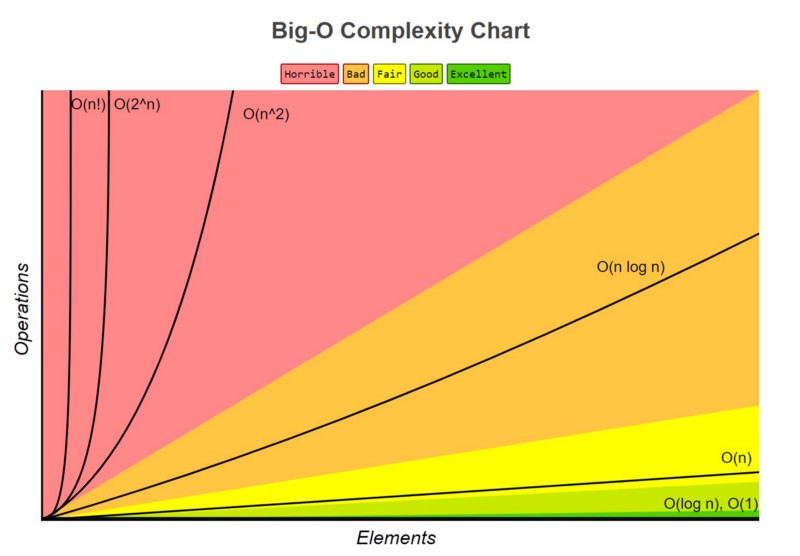Data structure
WIP
OOD - object-oriented-design
# Instance -> Class
# Instance -> method/function, attribute/property
# Object -> JSON -> {"name": "Andy"}
class Car:
def __init__(self, brand):
self.speed = 0
self.val = 2
self.brand = brand
def run(self, speed):
self.speed = speed
class Truck(Car):
def __init__(self, brand):
super(brand)
self.load = 200
car1 = Car("brand1") # {"speed": 0, "brand": "brand1"}
car2 = Car("brand2") # {"speed": 0, "brand": "brand2"}
print(car1.speed) # 0
car1.run(10)
print(car1.speed) # 10
car1 = Truck("brand1")
class Person:
def __init__(self, dna="", child=None):
self.dna = dna
self.child = child
p1 = Person("aaaa")
p2 = Person("bbbb")
p3 = Person("cccc")
p1.child = p2
p2.child = p3
def reverseList(self, person: Person) -> Person:
people = [] # ["aaaa",]
god = Person()
god.child = person
while person: #p3
people.append(person.dna)
person = person.child
p1 = god.child
reverseList(p1)
Big-O
O(1)O(n): number of elements -> nO(n^2)

Python Keywords
# enumerate
for i, n in enumerate([10,20,30]):
print(i, n)
# >>> 0, 10
# >>> 1, 20
# >>> 2, 30
# slice
[1,2,3][1:] # [2,3]
# map
m = {}
m1 = { 1 : 'Yi'}
m[1] = 'one'
if lang == 'english':
print(m[1])
else:
print(m1[1])
# List Comprehension
fruits = ["apple", "banana", "cherry", "kiwi", "mango"]
newlist = [x for x in fruits if "a" in x]
# >>> ['apple', 'banana', 'mango']
# setting up new array with length n ouside of loops
nums = [0]*length
# inside the loop no "append" or self needed
# see eg in squares-of-a-sorted-array
# sort()
# returns the ordered array from min to max
prime_numbers = [11, 3, 7, 5, 2]
# sort the list
prime_numbers.sort()
print(prime_numbers)
# >>> [2, 3, 5, 7, 11]
